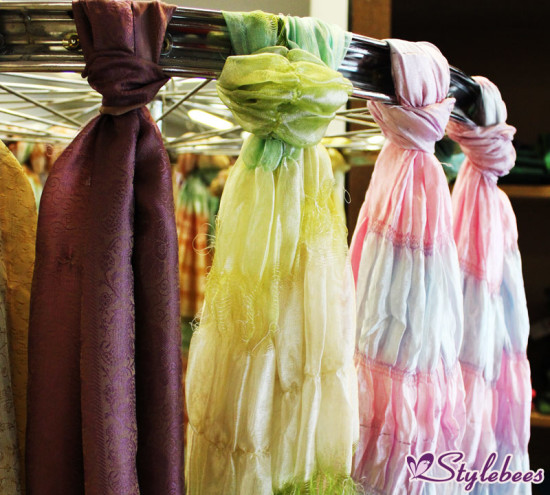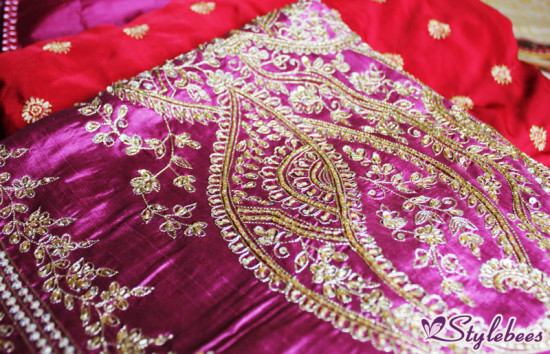Garment Care Tips for Natural fibres
Most people agree that natural fibres are great for clothing, as fabrics like wool and cotton are free from chemical treatments and come with built-in thermal, moisture-repellent, and softness qualities. But how do you make sure these natural garments stay at their best? Here are some tips on how to care for the most common types of natural fabric.
>Wool Care
It’s no surprise that so many baby clothes are made from wool. Types such as merino wool and mohair are particularly popular for their ability to retain heat and repel moisture away from the skin. Most kinds of wool are soft to the touch and breathable, which make it an ideal choice for those of us with sensitive skin! So how do you keep wool looking and feeling its best?
First, wool should be washed at a cool temperature: no more than 30°. You may find some garments require hand-washing, so always check the label. Buy a mild detergent that is formulated for woollen fibres. Try not to do any excessive wringing, rubbing or scrubbing during the washing process, as this can cause ‘felting’, where the surface looks damaged and bobbled. Wool clothes should be air-dried outside for best results and may need laying out flat to avoid stretching.
>Cotton Care
Cotton is another favourite for everyday clothing, as it is inherently strong and makes for a lightweight, cooling fabric in hot climates. Cotton is farmed from cotton plants, and as a result, methods of farming vary. To be sure of a natural product, free from pesticides, look for organic cotton marked on the label, which reduces the risk of your skin – and the environment – being exposed to chemicals.
Cotton is a little more resilient than wool when it comes to the wash, being able to withstand temperatures up to 90°. Cotton can be used with most common detergents and also responds well to stain removers like oxygen powder. However, strong chlorine bleach is not advised, unless it is a colour-safe bleach for cotton fabrics.
>Silk Care
Raw or organic silk comes straight from the silk worm without any chemicals or unnatural processes being used, and it has many advantages. It’s hypoallergenic and feels very light and cool on the skin. Because it’s made from protective insect protein, it naturally contains anti-bacterial properties.
However, silk garments need to be treated with care. Avoid washing at high temperatures as this can misshape the fabric – stick to 30° in the washing machine. As with wool, buy detergents that are manufactured for silk fabrics. Silk should not be bleached or tumble-dried, although it can be ironed when slightly damp.
Always check the label on individual garments when washing for the first time, as most silk and cotton products shouldn’t be dry-cleaned. Remember, buying harsh or cheap products for delicate fibres can weaken them and result in more shopping trips! Using specially-designed detergents such as Surf Excel Gentle Wash will actually extend the life of your natural garments, and ensure they give lasting enjoyment and value for money.


V.helpful post! Beautiful snap! Thanks for sharing Swati 🙂